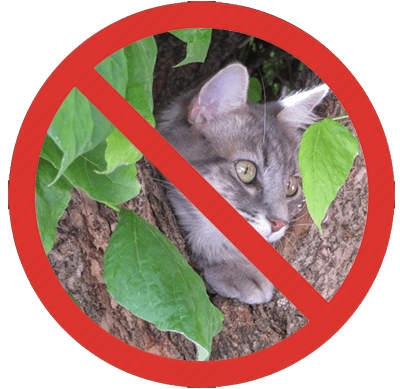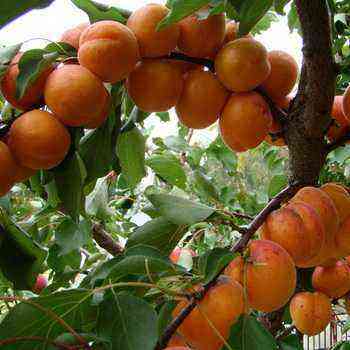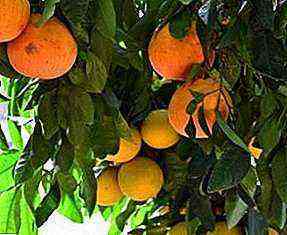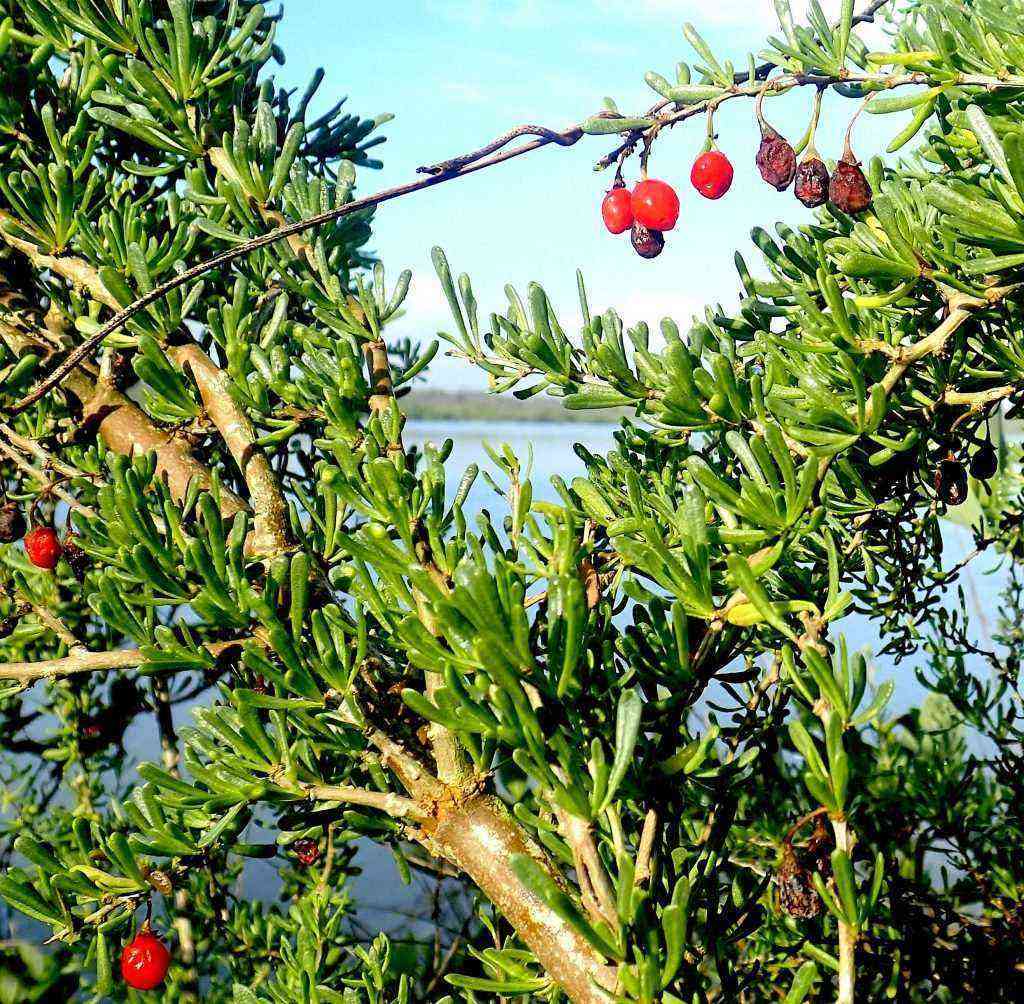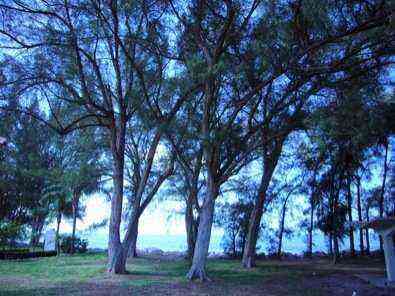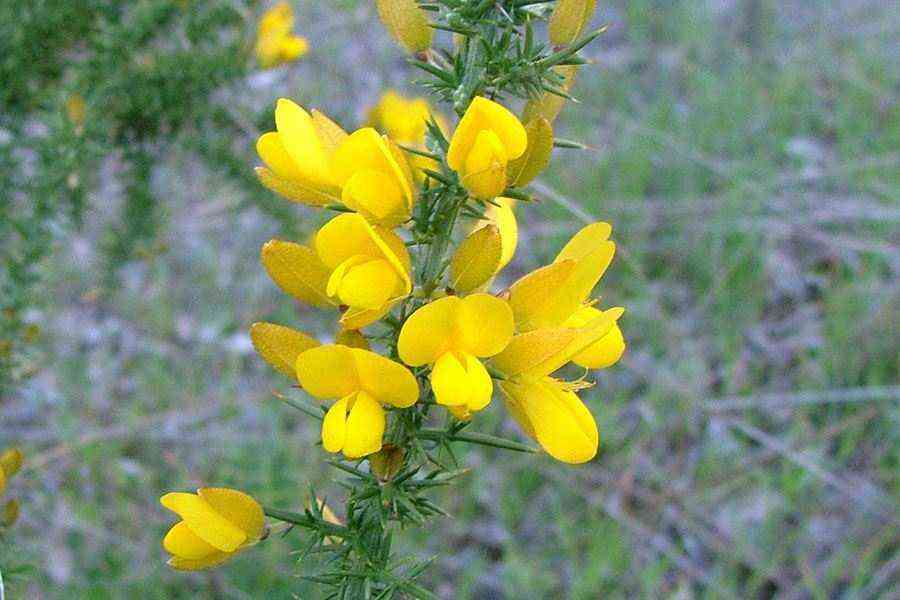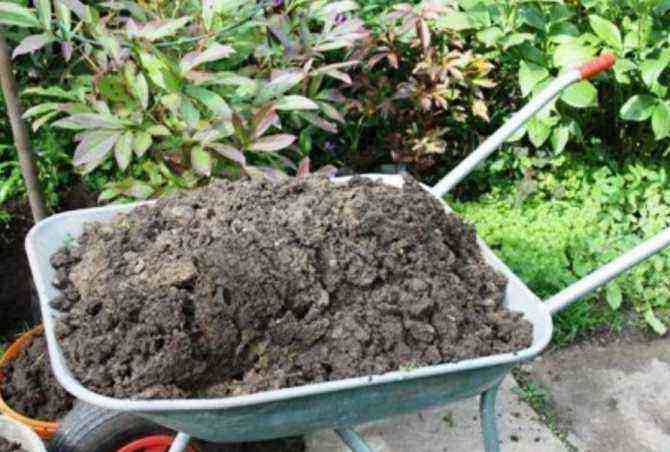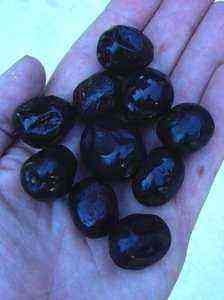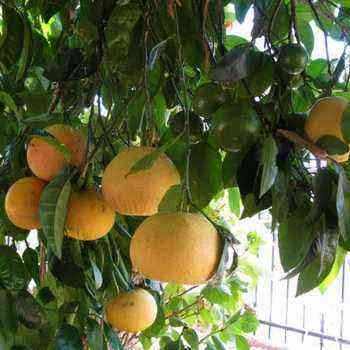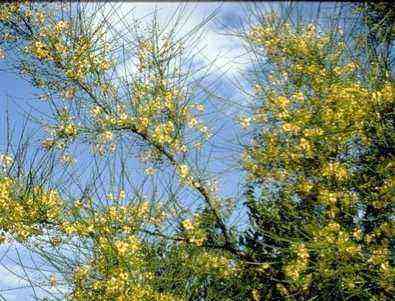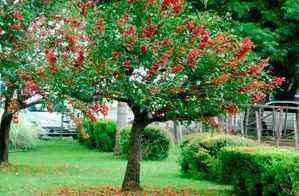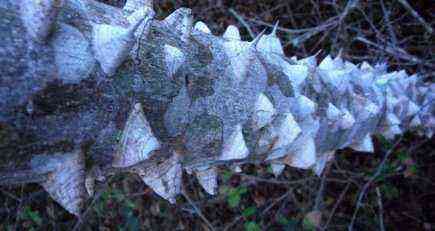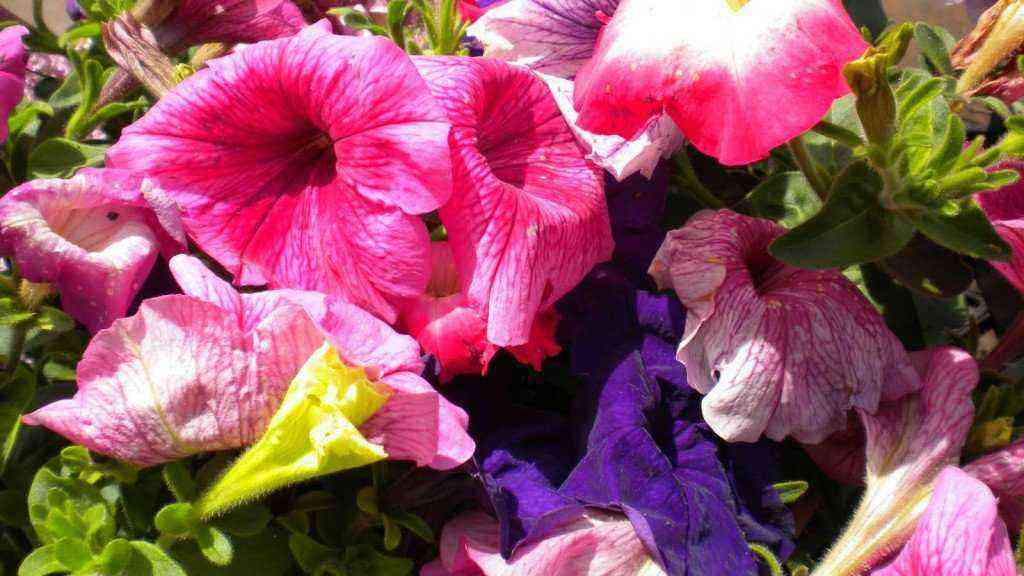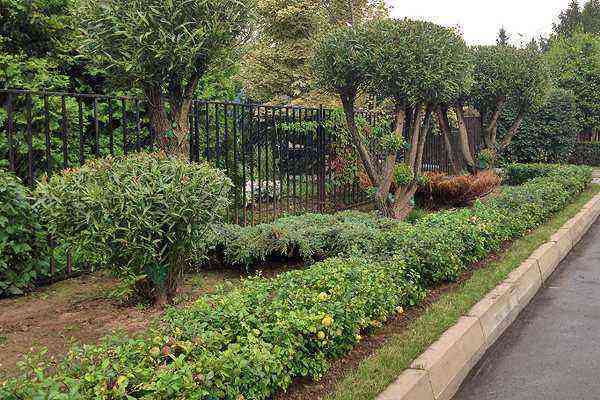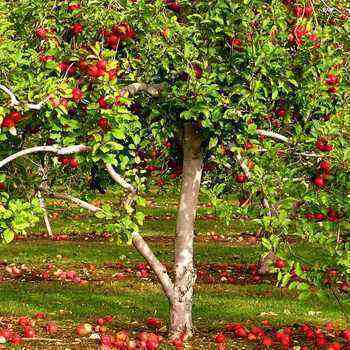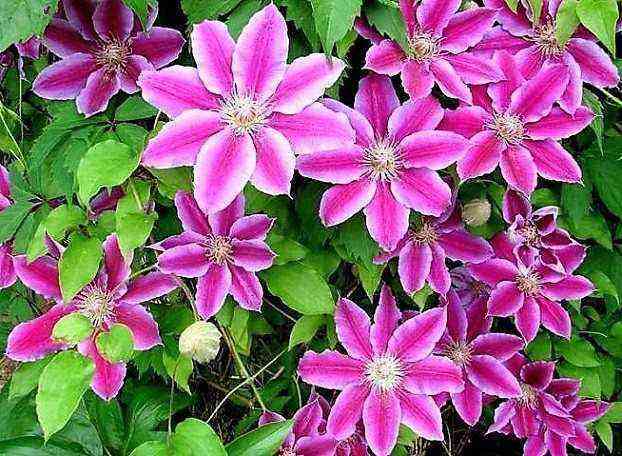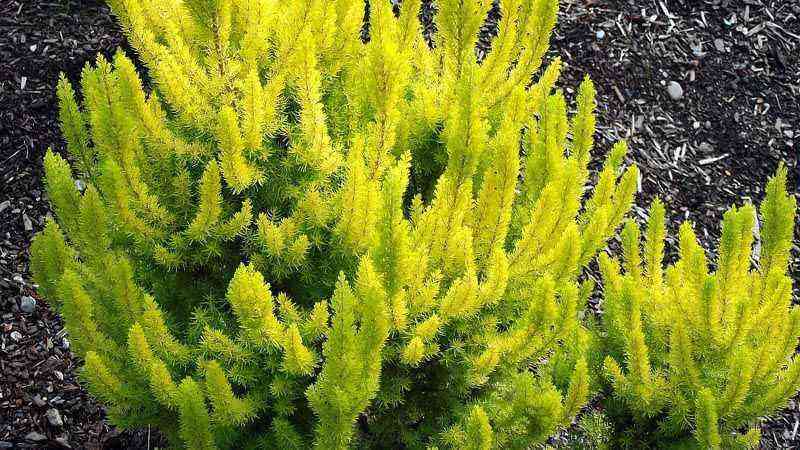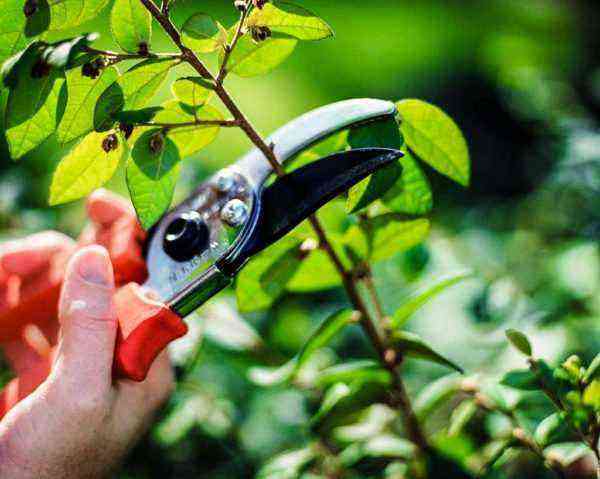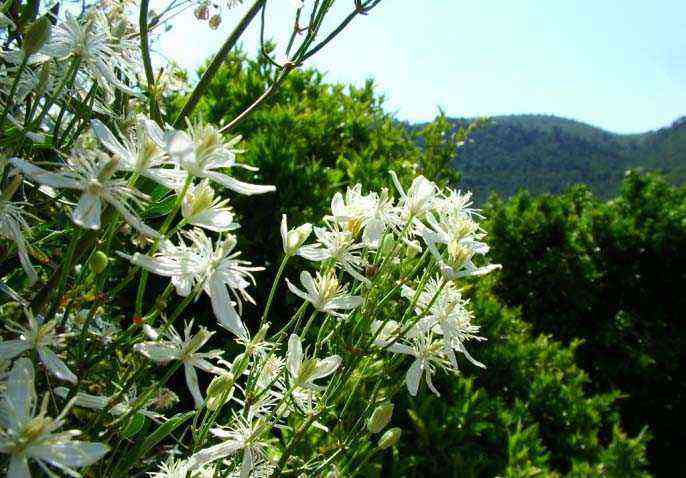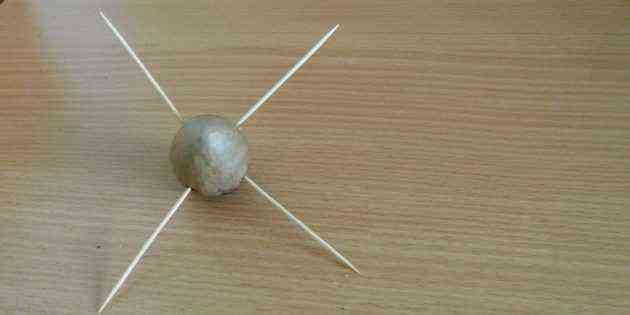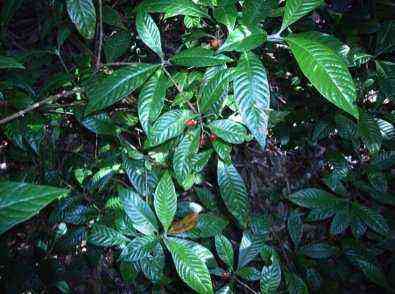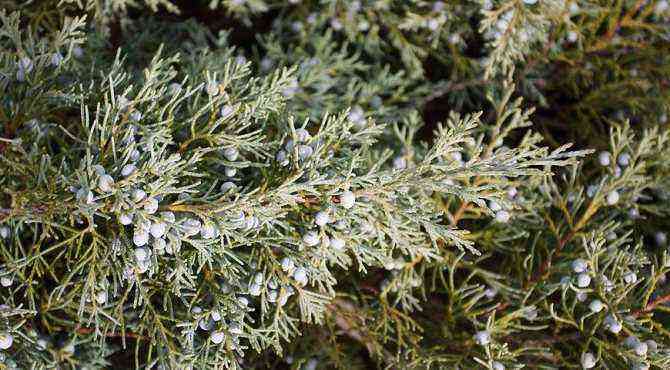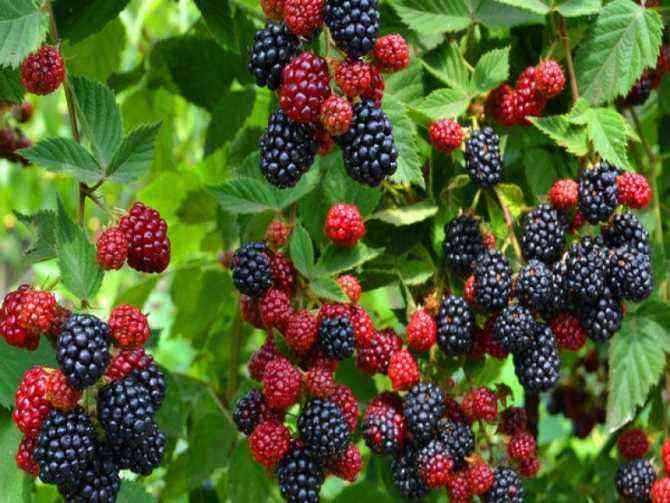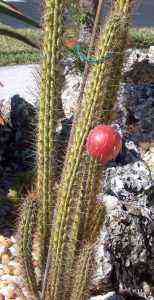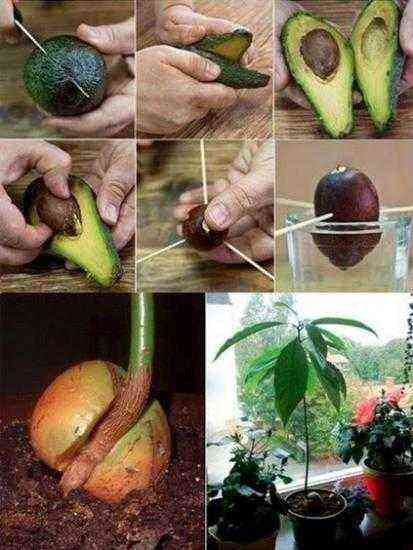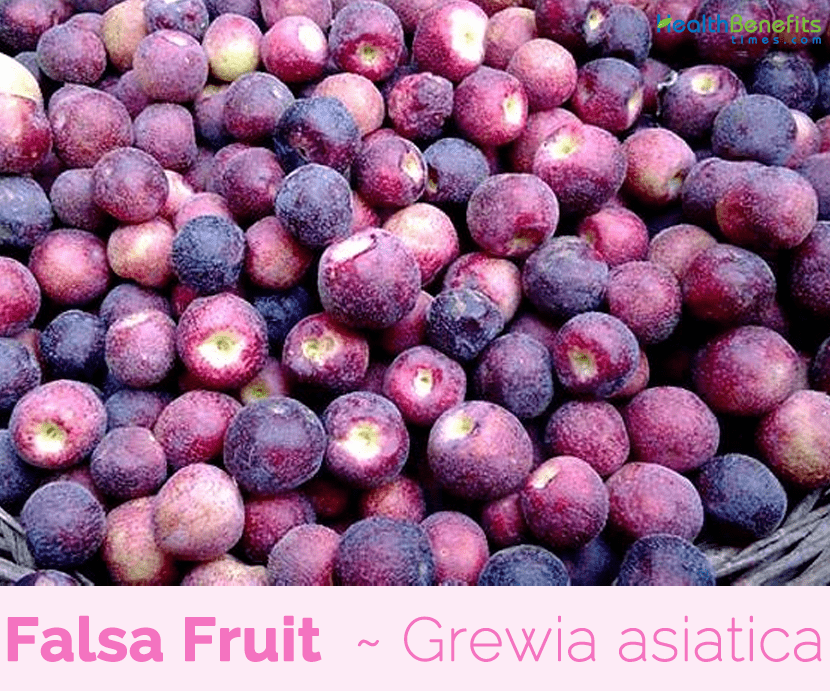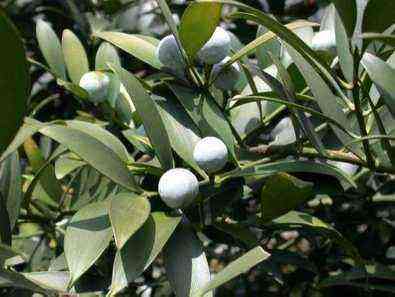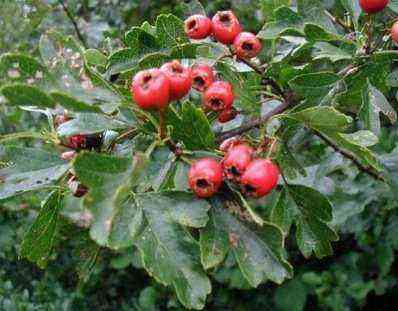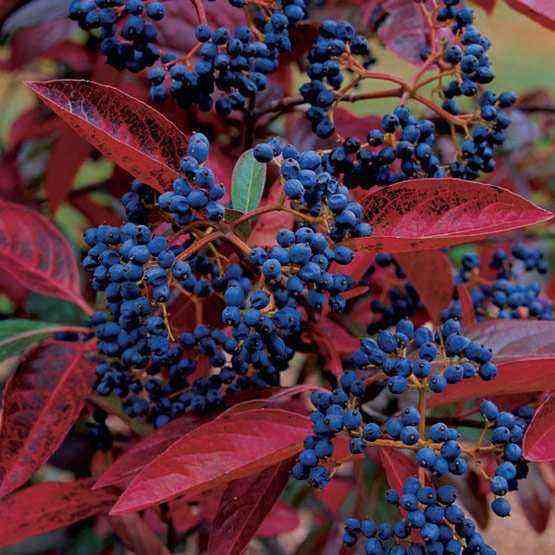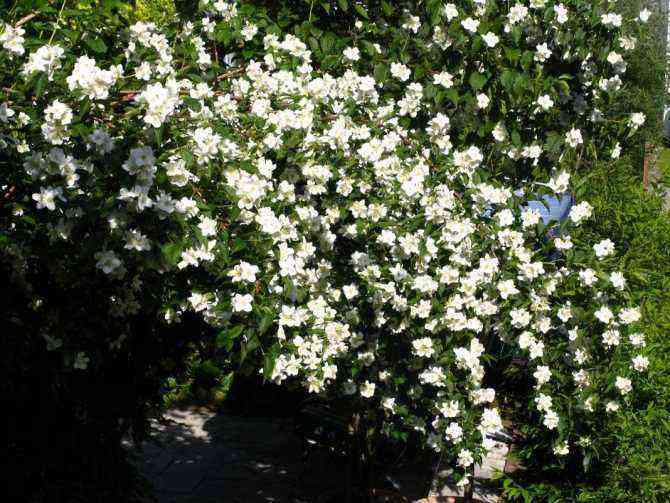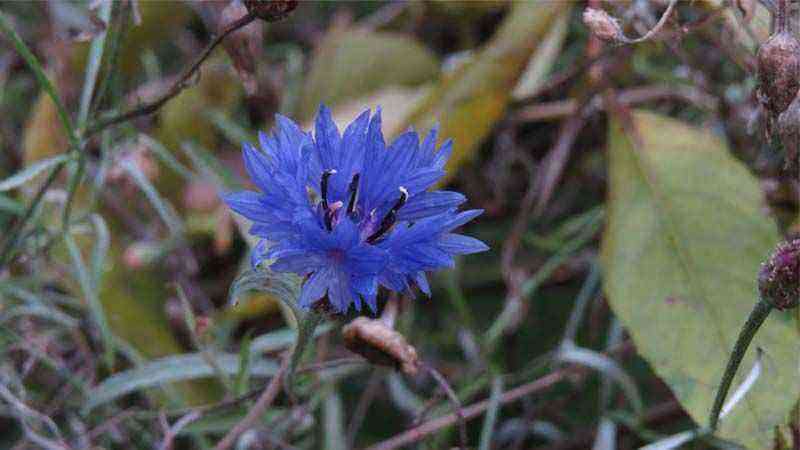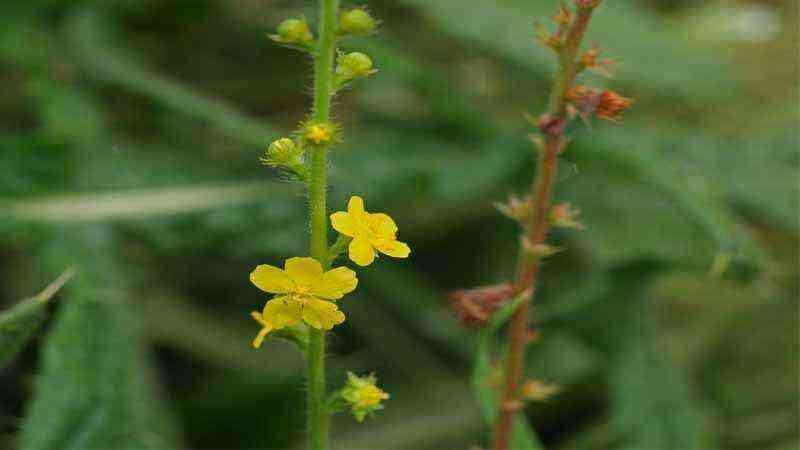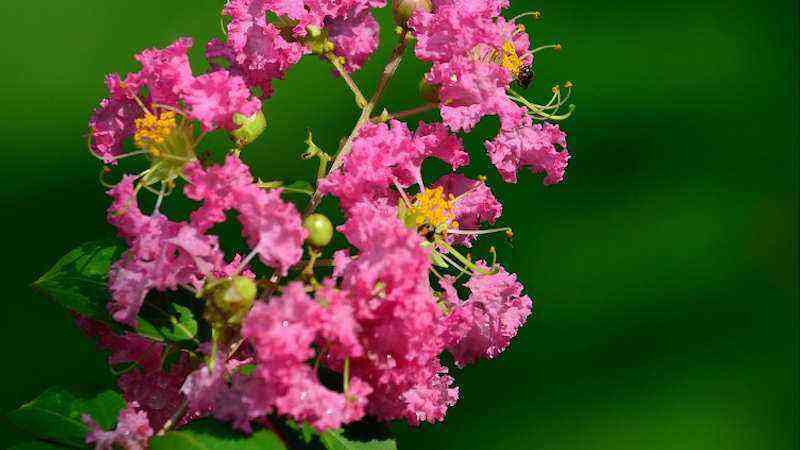Today we are going to talk about another perfect plant for our garden. Its about gallant at night (Chester nighttime), a shrub of the nightshade family that will intoxicate the night garden with its perfume. Above all, it is usually planted next to houses, to enjoy its fragrance while sleeping (note that not during the day). Do you want to know more about the gallant at night?
El Chester nighttime has several names, gallant at night o night Lady. In the two ways of naming it, the term “night” is included, and it is true that it is at that moment when it is most enjoyed, especially on hot summer nights. Although it can reach 4-5 meters in height, it’s a bush.
It has the particularity that it is EvergreenIn other words, while most of the plants in the garden are without leaves or color, the gallant at night will keep its leaves throughout the year. However, sometimes it can lose the leaf during the winter but we should not be alarmed at first, although we must be vigilant if this happens to verify that it is not a symptom of a serious problem.
And above all, vWe will grow its flowers from May, the beginning of the flowering season, until early fall, although it will depend on the weather conditions. And what about its cultivation? We move on to it.
How does the weather influence the development of the gallant at night?
The lady of the night adapts very well to mild climates. Remember that it is a nightshade like many other plants such as tobacco, tomato, potato or pepper, and as such they need mild and sunny climates.
The cold does not suit him at all and succumbs to frost whose temperatures drop below 0 ºC. You can plant it in full sun or with some shade (depending on how aggressive and dry the summer is) and protect it from the high summer temperatures, which can end up burning its leaves and flowers.
If it is too shaded it will cost it to flower and in a plant like the gallant at night this is like having a rose bush without roses or a garden without water.
The curious fragrant and selective nocturnal flowering was thought to be due simply to conditions of radiation change when night came but finally experiments were made in which it also opened its flowers and gave off the fragrance being completely dark in several cycles which led to the conclusion that in reality the gallant at night has an endogenous rhythm, which occurs not only in light conditions but also with a great influence of the ambient temperature, and evidently it was determined that the cycle of the plant lasts 24 hours. Extreme temperature and light conditions can interrupt this cycle.
And how does the plant control odor emission based on these variables? Do you have detectors? Yes it does and it seems that they are located at the tips of the flower’s corolla.
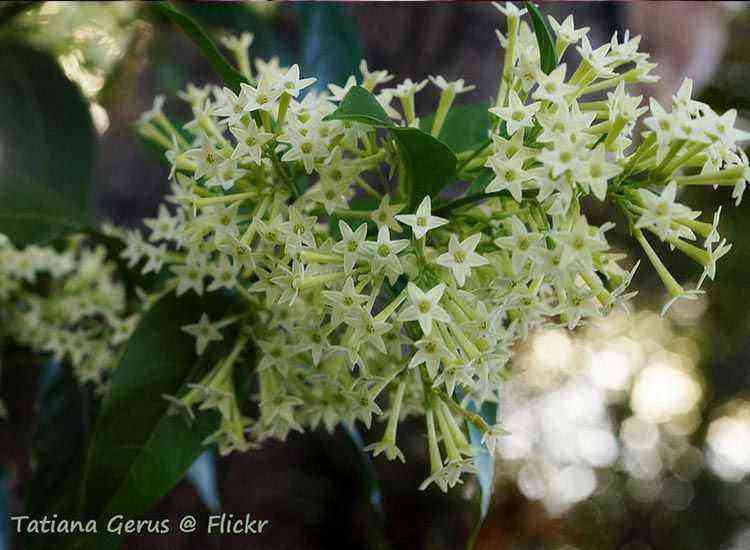
Galán flower at night. Photo by Tatiana Gerus
Toxicity of Chester nighttime
As a good nightshade we must bear in mind that it is a great producer of the substance that gives it its name. Solanine, a toxic alkaloid. Fortunately we should not fear for the rest of the nightshade that we eat such as the potato, eggplant … since the amounts of this alkaloid are very low and tolerable. It is also a thermolabile compound (it is destroyed by heat when cooked). However, the gallant at night contains a significant amount of solanine that turns it into toxic plant in all its parts. No one is eating plants from your garden like a cow in a meadow but with small children or pets we have to be careful. The smell of flowering is the least attractive, and cats and dogs may want to purge themselves with their leaves.
Let’s talk a little more about their chemistry
The chemistry of the fragrance of this plant is fascinating and the studies countless to realize the potential of the active principles of the same. As an example, we can cite a study from 2014 in which the larvicidal activity of the essential oil of the galán de noche was studied against 3 mosquito vectors of diseases, specifically the larval stage 3 of Anopheles gambiae, Culex quinquefasciatus and Aedes aegypti getting good results. The results showed susceptibility of the larvae of the three species of mosquitoes to the essential oil of Chester nighttime testing even in low concentrations, highlighting the potential use for the development of new agents with less toxic bioactive compounds from autochthonous plants for the control of mosquitoes. Here is the link to the article.
How should the ideal floor be for the gallant at night
There are usually no problems in adapting to the different structures that a floor can have, but you have to keep in mind that we can never lay out a poorly drained soil. A soil with good permeability, soft and soft is ideal for the growth of the gallant at night.

Closed flower of galán at night. Photo by: Forest and Kim Starr
Irrigation and fertilizer quantities
El gallant at night is a crop that requires good moisture contents in the soil. Consider the frequency of watering based on the speed with which the moisture in the substrate disappears. Remember that you can reduce water losses by using the technique of padded.
Given the shape and type of flowering of this plant, it must be taken into account that it is necessary to periodically add some fertilizer (the more natural the better) as compost, vermicompost or one of mineral origin. Especially at the end of winter, when the lady of the night wakes up from her winter slumber. We can also use specific flowering fertilizers to favor it and intoxicate the garden from the smell that the flowers give off.
It is necessary to control possible chlorosis, such as iron and whose subject we have already talked about a long time ago and we teach you how to identify and correct it, by applying iron chelates. However, let’s not confuse chlorosis with overwatering, which is usually the most common since the leaves begin to turn yellow at the tips when this occurs.
Multiplication of Chester nighttime
The most comfortable way to multiply the gallant at night is through piles. A woody part of the plant that contains buds is chosen and transferred to a pot. The operation is complicated unless we use a rooting product. More or less in 1 quarter we would have well-formed roots and a totally new plant.
Another way to multiply this plant is through seedsWhose germination power and growth speed are quite good. The white pulp of the fruit is removed and it is left to dry for a while. Then, at the time of potting, germination can be helped if they are left the day before planting on damp rags or newspapers.
Pruning
Pruning this plant is interesting to control its growth and give shape to the shrub bearing, since if it is left it can end up being a tree of considerable height. It all depends on what we want it to look like. In addition, a pruning is recommended after the main flowering since we can induce on occasions and if the weather accompanies, a second flowering later.
Pests and diseases of the gallant at night
There are no special pests that affect this fragrant night plant except the most common ones such as the well-known triad of pests:
- Aphids
- Flies (mainly white)
- Red spiders
In front of which, the potassium soap it is a good ally especially with these small and annoying aphids that always grip our spring shoots.

Aphids on stem. Photo by: Ramón Portellano
The detection system is nothing more than visual in the times when we know that these insects have their peaks of growth, expansion and attack. In general, for all these insects (including thrips, these times are usually the last half of spring and summer mainly. At Agromática we have many articles about it. Here are some.
- We leave you an article about orchard pests but as you will see, the first three are those mentioned.
- And here another article for combat these pests with products certified by organic farming.
